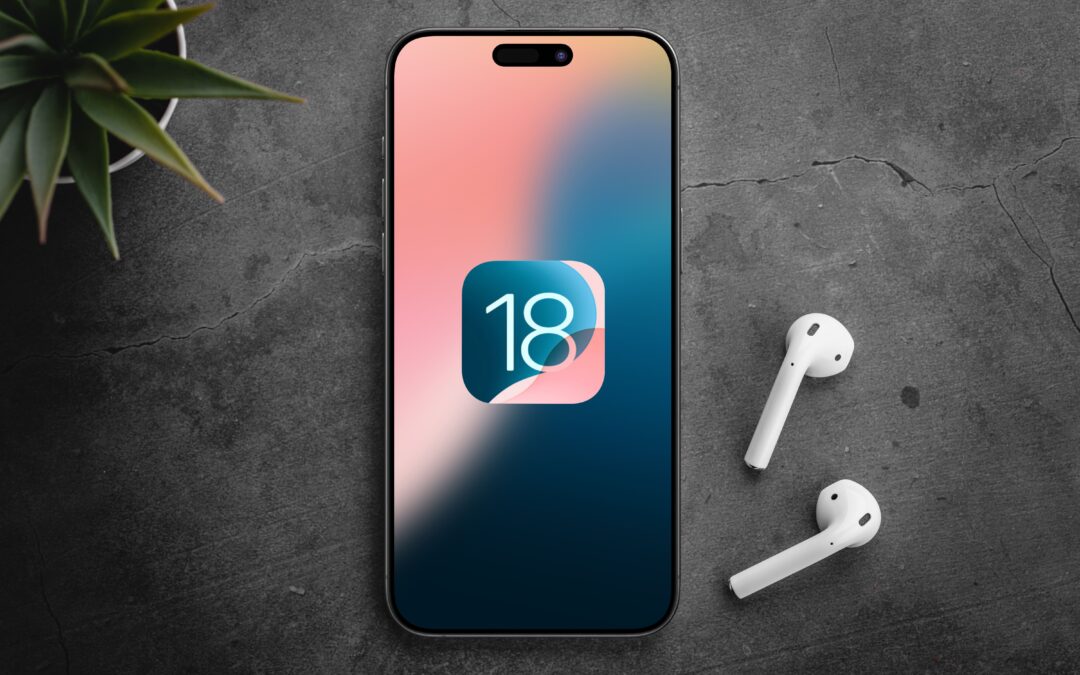It looks like iOS and Android put a significant part of their long-tailed feud to bed. At least, that’s how it appears in the ads Google has been bombarding users with during YouTube ad breaks.
There’s more than a little bit of friendly shade thrown during the commercial (set during a couple’s therapy session) but it advertises some big news: the latest major release of Apple’s operating system, iOS 18, will be using Rich Communication Services (RCS) for their messaging.
Now, people across Android and iOS devices can talk, send read receipts, react with emojis, and share high-resolution media using their native apps. Whether for back-and-forth with friends and family or rapid-fire updates on project deliverables or hurdles, this enhanced interoperability irons out some kinks in the communication process.
However, this alignment in messaging isn’t without potential challenges (every update has its bugs). Here’s what you need to know about this new iOS 18 feature and the precautions you still need to take to protect sensitive information.
The Details
As with many recent changes to Apple’s hardware and software, the root of the iOS 18 RCS update stems from international regulations. For example, mandates from the European Union compelled Apple to implement USB-C connections on their iPhones, and the Digital Markets Act has obliged them to include third-party stores on their devices.
The decision to transition to include RCS might be influenced by requirements by the Chinese government. Until the rollout of iOS 18, the iMessage platform was relying on Short Message Service (SMS) and Multimedia Messaging Service (MMS) to relay messages between users.
The problem with that? The decades old messaging services are outdated and vulnerable. Cybercriminals are easily able to intercept messages as middlemen, a tactic they cannot directly use with RCS.
Keep in Mind
Though adding RCS as one of the iOS 18 features does patch up some security issues, it’s not a cure-all. Right now, there is no end-to-end encryption between Google Messages and iMessage. RCS does not inherently include end-to-end encryption, even though many Android users do receive this level of cryptographic protection as an add-on. However, Android messaging encryption depends on whether a user’s carrier or messaging app of choice allows for RCS.
Apple claims to be working towards cross-platform end-to-end encryption for RCS chat as soon as possible, and we might finally be seeing E2EE as early as September 2025.
With that in mind, organizations need to make sure their cybersecurity practices are proactive. Your people should never be sharing any sensitive information across RCS just as a precaution. Unless you are 100% certain the exchange of information is secure, you should always assume that it isn’t.
Additionally, simply transitioning to RCS does not resolve the threat of spam to Android or iOS users. In fact, there have been some reports of RCS spam, so your team needs to remain cautious about clicking any links from unfamiliar numbers. Zero trust should be everyone’s mantra these days.
As your users navigate the RCS and other new iOS 18 features on their devices, it helps to have a second pair of eyes and a helping hand. That way, your team can maximize the tools at their disposal, and no one has to feel like they’re missing the message.
We cover more than the latest iOS 18 features. Follow Cubex Group blog for perspectives on how to use, secure, and maximize the technology your employees and business uses.
Related Articles
How a Staffing Firm Enhanced Their Cybersecurity to Protect Clients, Candidates, and Employees
How to Prepare Your Business Emails for New Anti-Spam Rules
Cyber Safety for Kids: 5 Tips to Protect Your Kids from Cyber Threats
